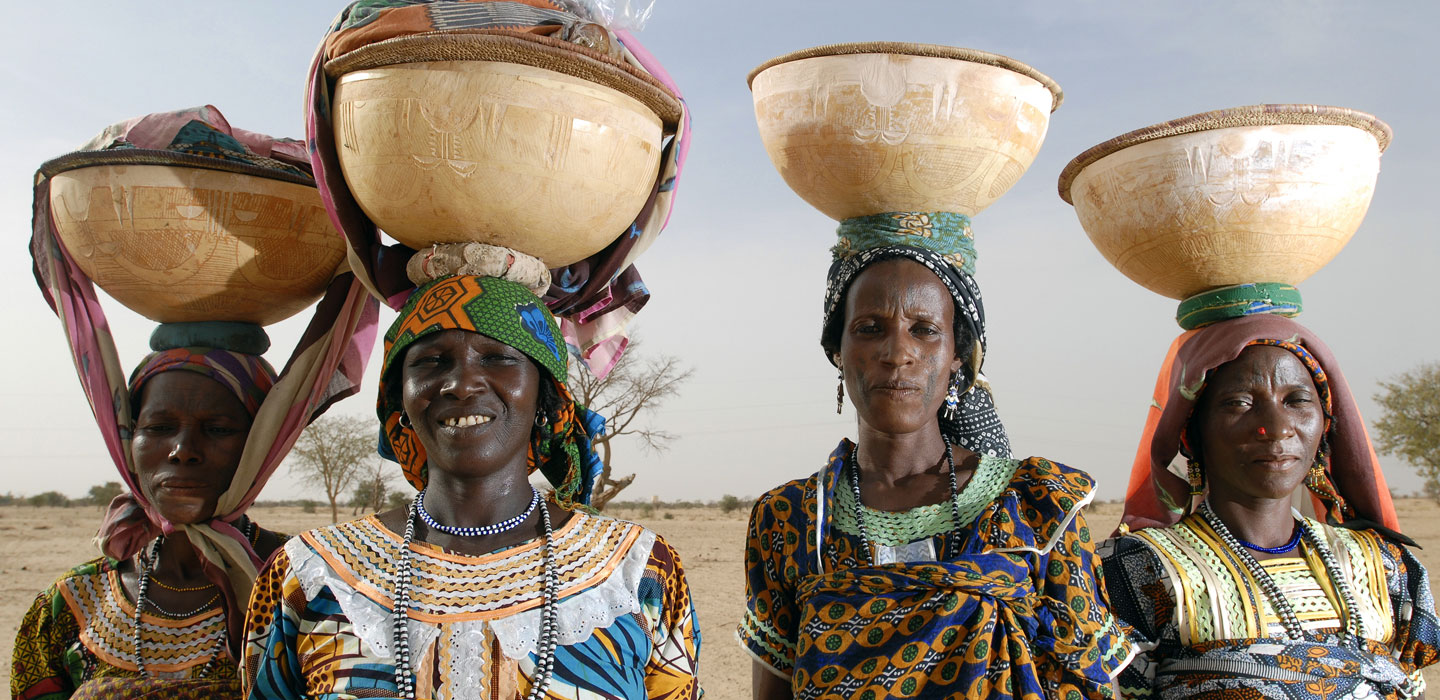Tools and guidelines
الأدوات والإرشادات

الأدوات والإرشادات
عرض القائمة
Search Results Filters
نتائج البحث
Remote sensing for index insurance - Findings and lessons learned for smallholder agriculture
أكتوبر 2017
Index insurance has a role to play in agricultural development and risk management, yet it faces operational and technical challenges to reach scale and sustainability. Data are a key challenge and were the focus of the project “Improving Agricultural Risk Management in Sub-Saharan Africa: Remote Sensing for Index Insurance”. Limited availability, accessibility, quantity and poor quality of data on the ground are some of the primary technical constraints preventing scale-up and sustainability of index insurance. Without sufficient quality data, either it is impossible to design products for some areas and countries, or products that are designed can become unreliable, not compensating when they should. These inconsistencies intensify vulnerability, lead to distrust of insurance, and ultimately have an impact on demand. This publication details the project, which investigated overcoming issues with ground data by using remote sensing data for index insurance. It describes the different remote sensing options and opportunities available for index insurance, but it also recommends further investment in research and development, supplementary ground data and capacity-building going forward.
How to do note: Poverty targeting, gender equality and empowerment during project design
أغسطس 2017
This How To Do Note (HTDN) provides guidance in addressing targeting, gender equality and women’s empowerment in the context of the IFAD project design cycle.
Toolkit: Poverty targeting, gender equality and empowerment
يونيو 2017
This toolkit explains how to identify and address the diverse needs, constraints and opportunities of poor rural people through IFAD-supported projects and policy engagement.
IFAD’s approach to policy engagement
أبريل 2017
Typically, IFAD’s approach to policy engagement is one of facilitating, supporting and informing nationally-owned policy processes, so as to enable governments and other national stakeholders to determine themselves the policy change required.
Module 1: How and when to do mapping and profiling of farmers’ organizations
ديسمبر 2016
Why is FO mapping and profiling essential?
Module 3: Support to farmers’ organizations business models
ديسمبر 2016
A business model is a means by which a farmers’ organization (FO) structures its resources, services and collaboration with members, stakeholders (traders, suppliers, public and private sector), clients and partners to create and capture value.
How To Do Note: Engaging with farmers’ organizations for more effective smallholder development
ديسمبر 2016
Smallholder farmers use different strategies to improve their market presence and to capture more value added in the agricultural sector. These strategies include the creation of cooperatives and other farmers’ organizations (FOs).